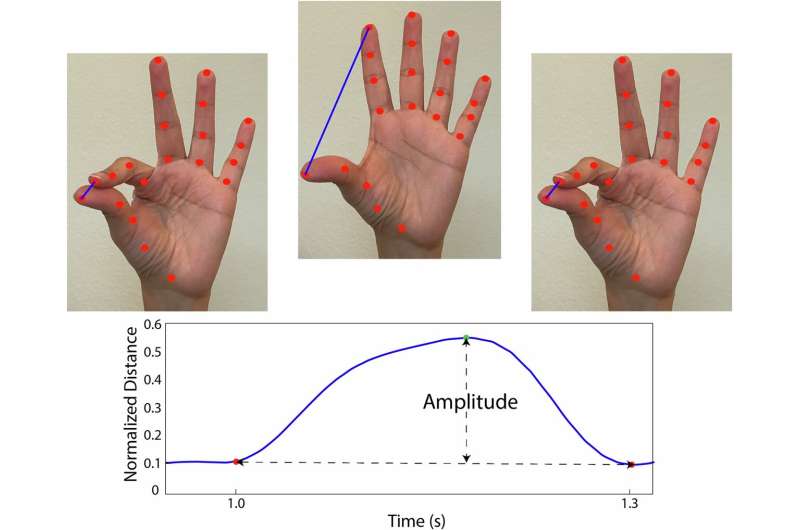Guarín, an assistant professor in the UF College of Health & Human Performance’s Department of Applied Physiology & Kinesiology, recently published the results of his research in npj Parkinson’s Disease.
“Video analysis is allowing us to see movement alterations that the eyes of the clinician cannot see,” Guarín said. “Early identification of these movement alterations is critical for disease management.”
In his study, Guarín analyzed videos of finger-tapping movements from 66 participants, including healthy individuals; people with idiopathic REM sleep behavior disorder, or iRBD; and people with early Parkinson’s disease.
Idiopathic REM sleep behavior disorder involves people acting out their dreams, including talking, moving or even lashing out while sleeping. More than 80% of people with iRBD will develop Parkinson’s or a related brain disorder, making this an important subset of the population for studying early changes in motor function.

